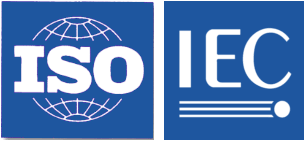Information technology - Reference Model of Data Management
ISO/IEC TR 10032:2003 defines the ISO Reference Model of Data Management. It establishes a framework for coordinating the development of existing and future standards for the management of persistent data in information systems.
ISO/IEC TR 10032:2003 defines common terminology and concepts pertinent to all data held within information systems. Such concepts are used to define more specifically the services provided by particular data management components, such as database management systems or data dictionary systems. The definition of such related services identifies interfaces which may be the subject of future standardization.
ISO/IEC TR 10032:2003 does not specify services and protocols for data management. ISO/IEC TR 10032:2003 is neither an implementation specification for systems, nor a basis for appraising the conformance of implementations.
The scope of ISO/IEC TR 10032:2003 includes processes which are concerned with handling persistent data and their interaction with processes particular to the requirements of a specific information system. This includes common data management services such as those required to define, store, retrieve, update, maintain, backup, restore and communicate applications and dictionary data.
The scope of ISO/IEC TR 10032:2003 includes consideration of standards for the management of data located on one or more computer systems, including services for distributed database management.
ISO/IEC TR 10032:2003 does not include within its scope common services normally provided by an operating system including those processes which are concerned with specific types of physical storage devices, specific techniques for storing data, and specific details of communications and human computer interfaces.
